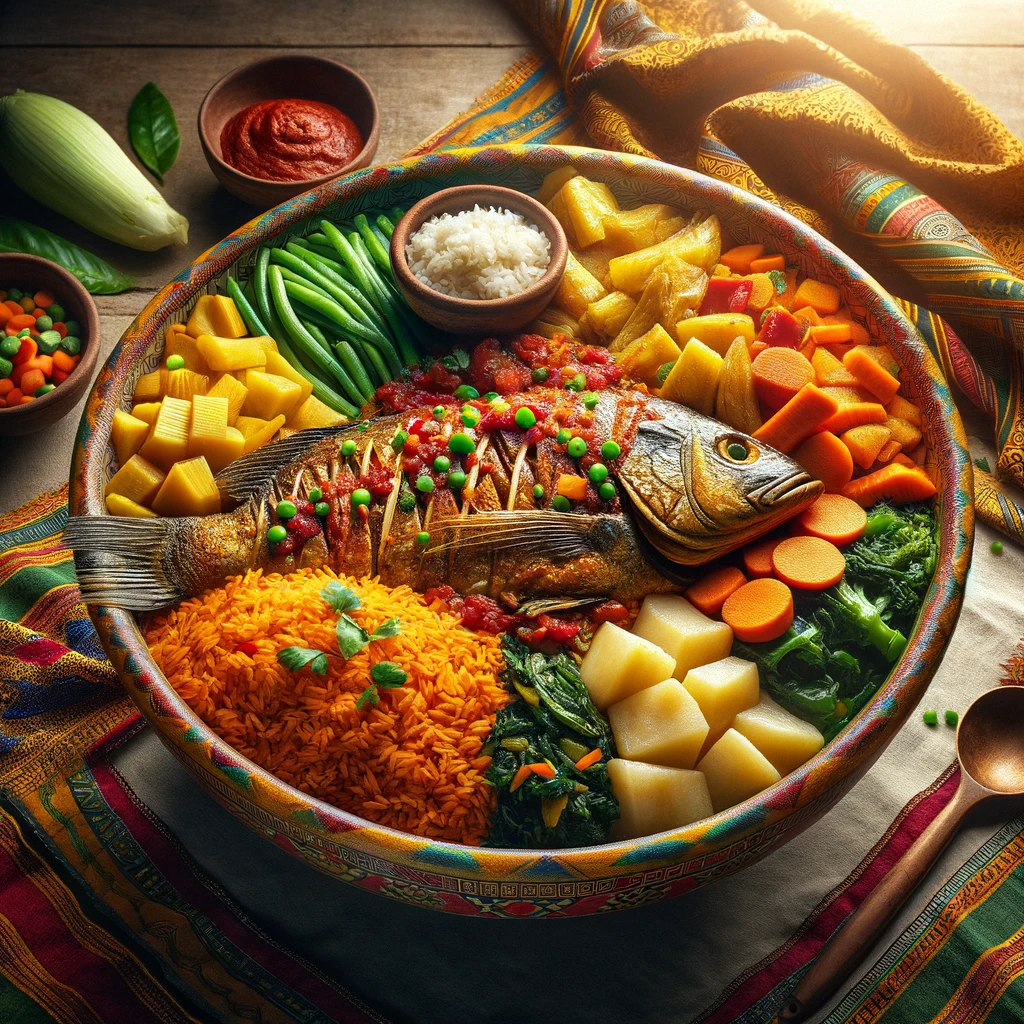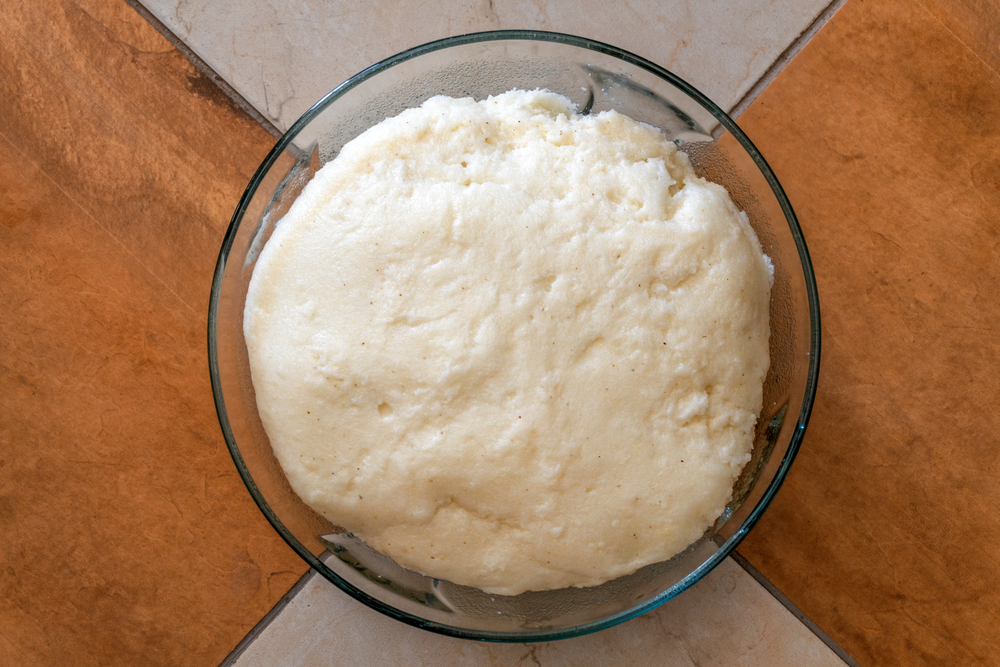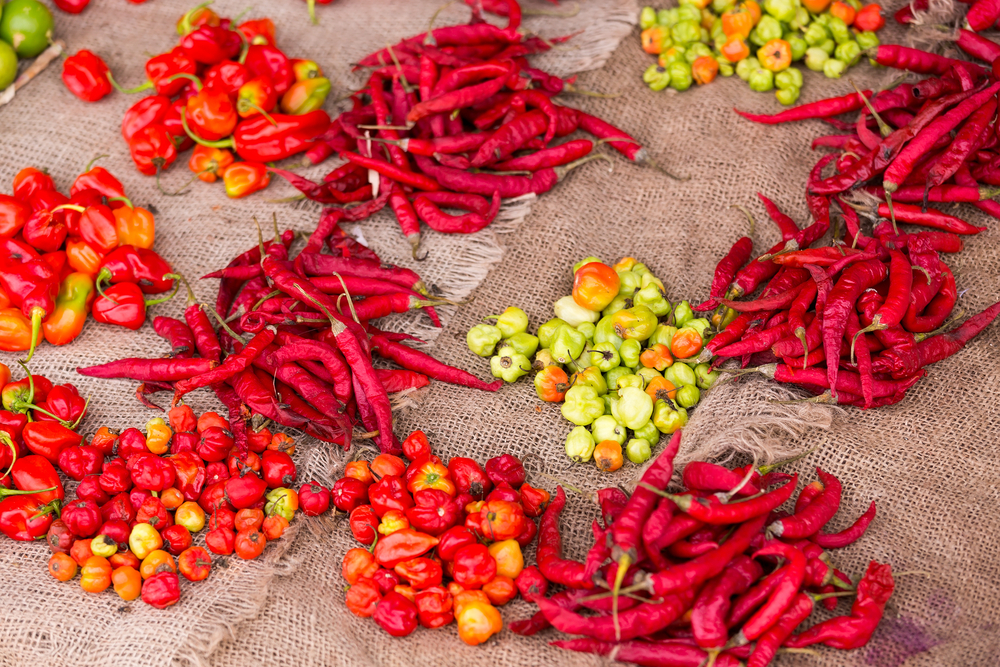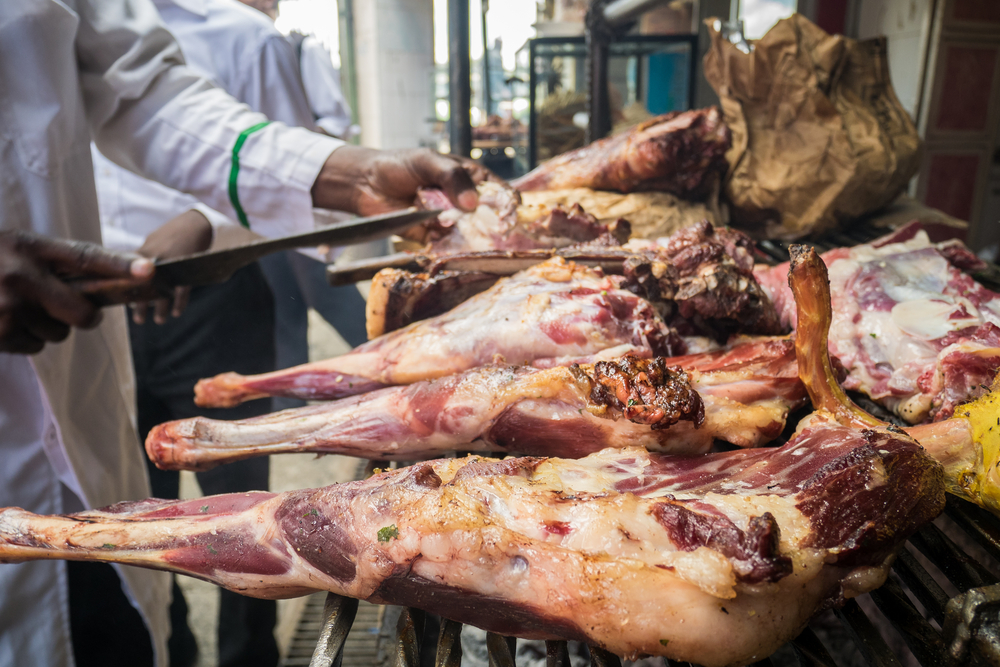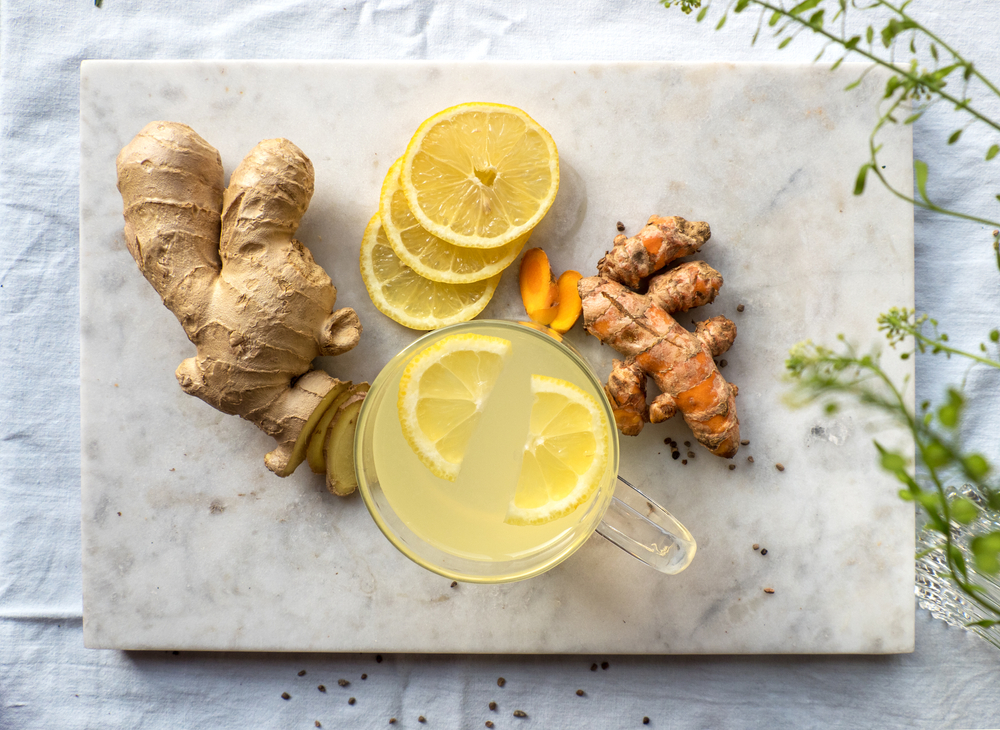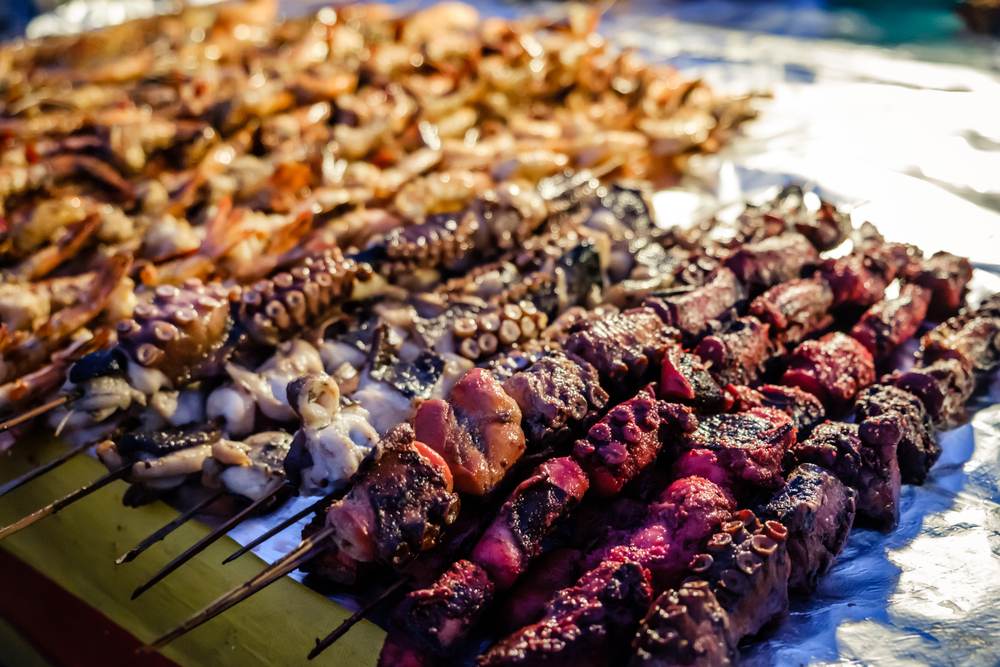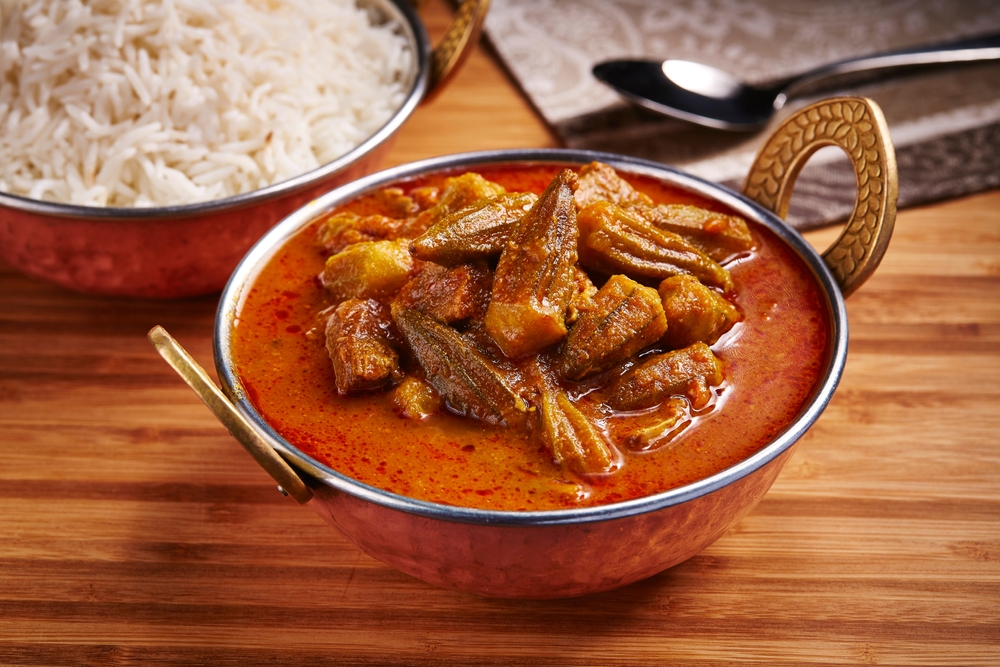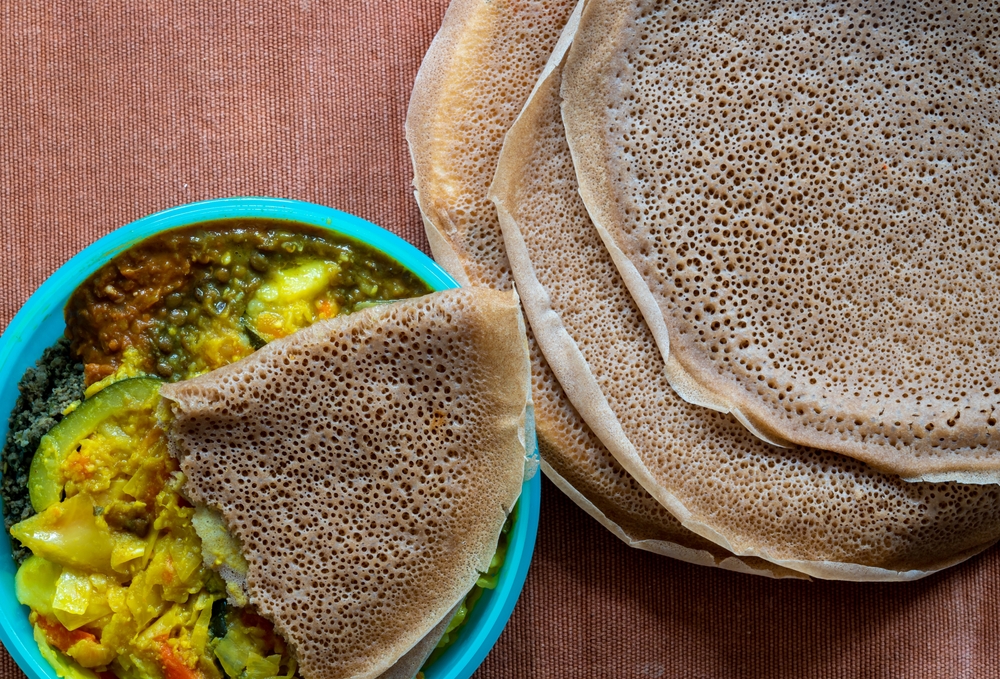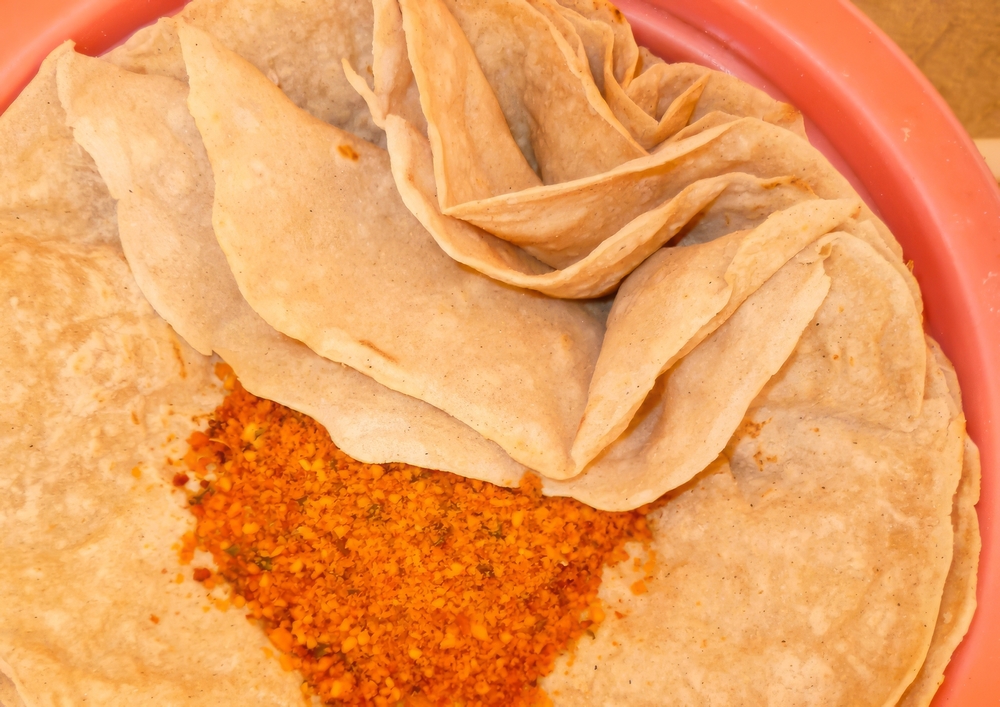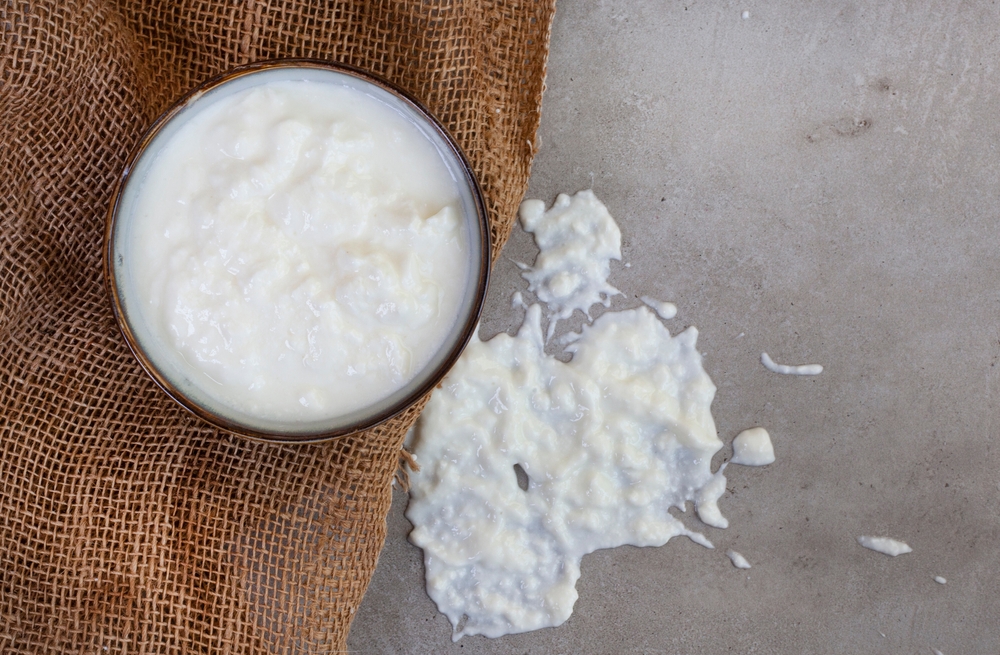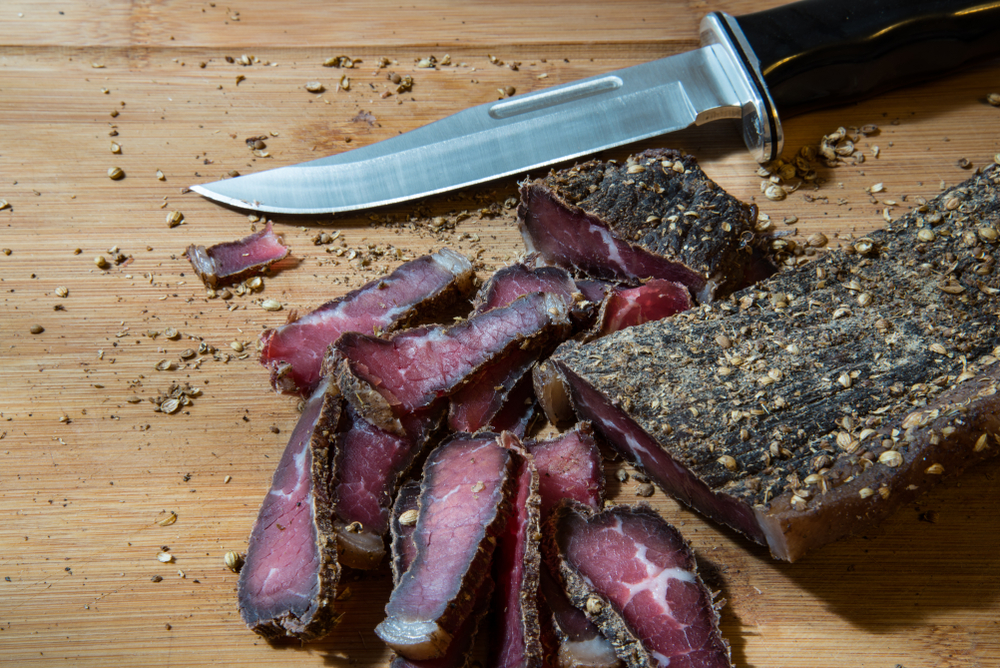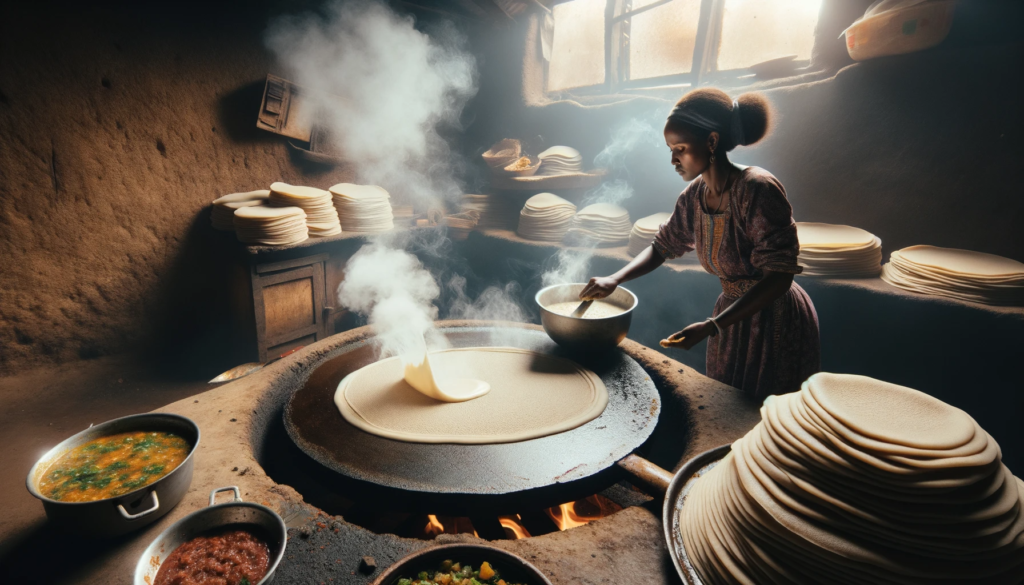Traditional food plays a significant role in preserving cultural heritage and identity. In Samoa, a beautiful Polynesian nation in the South Pacific, food holds a special place in the hearts of its people. Samoan cuisine is a delightful blend of fresh, locally sourced ingredients, traditional cooking methods, and a deep connection to the land and sea.
In this blog post, we will explore the importance of food in Samoan culture and dive into the staple ingredients that form the foundation of their cuisine. We will also delve into the preparation of traditional Samoan dishes and learn about the festive and ceremonial foods that hold special significance in the Samoan way of life.
But first, let’s understand the cultural significance of food in Samoa. Food not only nourishes the body but also nourishes the soul. It brings people together, fosters community, and strengthens familial bonds. Traditional Samoan meals are often enjoyed as a collective experience, where friends and family gather to share stories, laughter, and love.
At the heart of Samoan cuisine are staple ingredients such as taro and breadfruit. Taro, a root vegetable with a starchy texture, is a versatile ingredient used in various dishes. Breadfruit, on the other hand, is a tropical fruit that is cooked and eaten like a potato. These ingredients have sustained the Samoan people for generations and are deeply rooted in their culinary traditions.
Seafood is also a vital component of Samoan cuisine, thanks to the country’s abundant coastal resources. From fresh fish to succulent shellfish, seafood forms an integral part of traditional dishes, adding a unique flavor and richness to the Samoan palate.
No discussion of Samoan cuisine would be complete without mentioning the versatile coconut. In Samoa, every part of the coconut tree is utilized, from the coconut water and flesh to the oil and milk. Coconut adds a distinctive taste and aroma to many dishes, making it a beloved ingredient in Samoan cooking.
In the following sections, we will explore some traditional Samoan dishes and their preparation methods. From the ‘Umu, a traditional Samoan earth oven, to mouthwatering dishes like Sapasui (Samoan Chop Suey), Palusami (coconut and taro leaves), and Oka I’a (Samoan raw fish salad), we will take a culinary journey through the flavors and techniques that define Samoan cuisine.
Additionally, we will explore the role of food in festive and ceremonial occasions, such as the significance of pigs in Samoan feasts, the indulgence of Fa’ausi (a traditional Samoan dessert), and the ceremonial drink known as Kava.
Lastly, we will examine the influence of Western cuisine on Samoan food. With the introduction of canned and processed foods, as well as the adoption of Western cooking techniques, Samoan cuisine has evolved over time. We will explore the impact of these changes on the health and diet of the Samoan people.
Join us as we embark on a culinary adventure through the traditional food of Samoa, where flavors, traditions, and cultural heritage merge to create a truly unique and delicious experience.
Introduction: The Importance of Food in Samoan Culture
Food holds immense significance in Samoan culture, extending far beyond mere sustenance. It is intricately woven into every aspect of Samoan life, from daily meals to festive celebrations and ceremonial occasions. In Samoa, food is not just about nourishment; it is a reflection of identity, tradition, and the deep connection to the land and sea.
One of the primary reasons food plays such a crucial role in Samoan culture is its ability to bring people together. Samoan meals are often enjoyed as communal experiences, where family and friends gather to share in the preparation, cooking, and enjoyment of traditional dishes. These gatherings foster a sense of community and strengthen family bonds, creating an atmosphere of warmth, love, and togetherness.
Through their traditional food, Samoans express their culture and heritage. Each dish tells a story, passed down through generations, preserving traditions and customs. Many recipes have been handed down from ancestors, with their preparation methods and ingredients remaining largely unchanged. By preparing and sharing these dishes, Samoans honor their past and ensure the continuation of their cultural practices.
Furthermore, food in Samoa is deeply rooted in the connection to the land and sea. Samoans have a profound respect for nature and rely on the bounties it provides. They have a strong connection to the soil, cultivating crops such as taro and breadfruit, which form the foundation of their cuisine. The sea, with its abundant seafood, is another vital source of sustenance and inspiration for Samoan dishes.
Food also plays a significant role in Samoan ceremonies and celebrations. Festive occasions, such as weddings, birthdays, and religious events, are marked by elaborate feasts and traditional delicacies. These feasts often feature a roasted pig as the centerpiece, symbolizing abundance, hospitality, and the importance of sharing with others.
In addition to the communal and ceremonial aspects, food in Samoa is deeply personal. Traditional recipes are often passed down within families, with each generation adding their unique touch and flavor to the dishes. The act of cooking and serving food is an expression of love and care, a way to nourish and sustain loved ones.
In conclusion, food holds immense cultural significance in Samoa. It serves as a means of bringing people together, preserving traditions, and expressing identity. Through traditional dishes, Samoans celebrate their connection to the land and sea, pay homage to their ancestors, and create lasting memories with loved ones. The importance of food in Samoan culture cannot be overstated, as it is an integral part of their way of life and a testament to their rich heritage.
The Staple Ingredients of Samoan Cuisine
Samoan cuisine is characterized by the use of staple ingredients that form the foundation of many traditional dishes. These ingredients reflect the rich natural resources found in Samoa and have sustained the Samoan people for generations. Let’s explore the key staple ingredients that are integral to Samoan cuisine.
The Role of Taro and Breadfruit
Taro and breadfruit are two essential crops in Samoa, playing a central role in the culinary traditions of the islands. Taro, a root vegetable with a starchy texture, is a versatile ingredient used in various dishes. It is often boiled, roasted, or mashed to create dishes like taro pudding (puligi) or taro paste (fa’ausi). Taro leaves are also utilized in dishes like palusami, where they are wrapped around coconut cream and cooked to perfection.
Breadfruit, known as ulu in Samoan, is a tropical fruit that is cooked and eaten like a potato. It is a staple food source in Samoa and is used in a variety of ways. Breadfruit can be boiled, fried, or baked, and is often served alongside fish or other meats. It is also used to make breadfruit chips, a popular snack in Samoa.
The Importance of Seafood
Given Samoa’s location in the South Pacific, it is no surprise that seafood plays a significant role in Samoan cuisine. The islands are surrounded by a bountiful ocean teeming with fish, shellfish, and other marine delicacies. Fresh fish, such as snapper, tuna, and mahi-mahi, are commonly used in Samoan dishes. These fish are often prepared by grilling, baking, or steaming, allowing their natural flavors to shine.
Shellfish, including crabs, lobsters, and clams, are also highly prized in Samoan cuisine. They are used in soups, stews, and curries, adding a delightful richness and depth of flavor. Samoans also enjoy traditional delicacies like octopus, cooked in coconut milk, and sea urchin, which is consumed raw.
Coconut: Samoa’s Versatile Ingredient
Coconut, known as niu in Samoan, is a versatile ingredient that is deeply ingrained in Samoan cuisine and culture. Every part of the coconut tree is utilized, making it a truly sustainable resource. The coconut flesh, or copra, is grated and used to extract coconut milk and oil, both of which are fundamental ingredients in many Samoan dishes.
Coconut milk is used in curries, soups, and stews, lending a creamy and slightly sweet flavor. It is also used in desserts like coconut cream pie and coconut bread. Coconut oil is a common cooking oil in Samoa, adding a distinct aroma and flavor to dishes.
Apart from the milk and oil, other parts of the coconut tree are also utilized. The coconut water is a refreshing beverage enjoyed straight from the nut or used in smoothies and cocktails. The coconut husk and shells are used as fuel for cooking fires, and the leaves are woven into baskets and mats.
In conclusion, taro, breadfruit, seafood, and coconut are the staple ingredients that form the essence of Samoan cuisine. These ingredients are not only delicious and nutritious but also reflect the deep connection Samoans have with their land and sea. They are the building blocks of traditional dishes and play a vital role in preserving Samoan culinary traditions for future generations to enjoy.
Traditional Samoan Dishes and Their Preparation
Samoan cuisine is renowned for its array of traditional dishes, each showcasing the unique flavors and culinary techniques of the region. In this section, we will explore some of the most beloved and iconic Samoan dishes, along with their traditional preparation methods.
Understanding the ‘Umu: Samoan Earth Oven
The ‘Umu, or Samoan earth oven, is a traditional cooking method that forms the foundation for many Samoan dishes. It involves the use of hot rocks and layers of food wrapped in banana leaves, which are then placed in an underground pit lined with coconut husks and covered with soil. The food is slow-cooked over several hours, resulting in tender, flavorful dishes.
The ‘Umu is typically used for special occasions and celebrations, such as weddings, funerals, or village gatherings. It is a communal activity, with family and friends coming together to prepare the ‘Umu and enjoy the feast that follows. The ‘Umu not only imparts a distinct smoky flavor to the food but also symbolizes community, tradition, and the importance of sharing.
Sapasui: Samoan Chop Suey
Sapasui, often referred to as Samoan Chop Suey, is a beloved dish in Samoa and a fusion of Samoan and Chinese flavors. It is a hearty noodle dish made with a variety of vegetables, meat (usually chicken or beef), and soy sauce. The dish is cooked in a large pot, with the ingredients simmered until the flavors meld together.
Sapasui is often served at family gatherings and special occasions, as it feeds a crowd. The noodles symbolize longevity, and the dish represents the blending of cultures in Samoa. It is a testament to the multicultural influences that have shaped Samoan cuisine over the years.
Palusami: A Delicious Blend of Coconut and Taro Leaves
Palusami is a traditional Samoan dish that showcases the unique combination of coconut and taro leaves. To prepare palusami, taro leaves are blanched, then wrapped around a filling of coconut cream, onions, and sometimes corned beef. The parcels are then tied with coconut husk string and steamed until tender.
The result is a rich, creamy dish with layers of flavors. The taro leaves impart a slightly earthy taste, while the coconut cream adds a luscious, tropical sweetness. Palusami is often served as part of a larger meal, alongside other traditional dishes like roasted pig and fresh seafood.
Oka I’a: Samoan Raw Fish Salad
Oka I’a is a refreshing and vibrant dish that showcases the freshness of Samoan seafood. It is a raw fish salad, similar to ceviche, where fresh fish is marinated in a mixture of lemon or lime juice, coconut cream, onions, and chili peppers. The acid in the citrus juice “cooks” the fish, resulting in a light and tangy flavor.
Oka I’a is typically made with firm white fish, such as tuna or snapper, and can also include other ingredients like cucumber, tomatoes, and fresh herbs. It is often served as an appetizer or a light main course, enjoyed with a side of taro or breadfruit.
In conclusion, traditional Samoan dishes offer a delightful blend of flavors, showcasing the unique culinary heritage of the region. Whether it’s the slow-cooked goodness of the ‘Umu, the fusion of cultures in Sapasui, the creamy richness of Palusami, or the freshness of Oka I’a, each dish tells a story and brings people together in celebration of Samoan cuisine.
Festive and Ceremonial Foods in Samoa
Festive and ceremonial occasions hold great importance in Samoan culture, and food plays a central role in these celebrations. In this section, we will explore the significance of certain foods and dishes that are commonly prepared and enjoyed during festive and ceremonial events in Samoa.
The Significance of Pigs in Samoan Feasts
Pigs hold a special place in Samoan culture, particularly during feasts and celebrations. The presentation of a roasted pig is often the centerpiece of these events, symbolizing abundance, hospitality, and the importance of sharing with others. The preparation of the pig is a meticulous process, involving marination, stuffing, and slow roasting over hot stones or in an ‘Umu (Samoan earth oven). The result is succulent, tender meat with crackling skin, which is shared among the community as a gesture of unity and generosity.
Fa’ausi: A Traditional Samoan Dessert
Fa’ausi is a traditional Samoan dessert that is commonly served during festive occasions. It is a sweet and indulgent dish made from taro, coconut cream, and brown sugar. The taro is cooked until tender, then blended with coconut cream and simmered with brown sugar until a thick, creamy consistency is achieved. Fa’ausi is often enjoyed warm and is a favorite treat among both children and adults.
Kava: A Ceremonial Drink
Kava, also known as ‘ava in Samoan, is a ceremonial drink deeply ingrained in Samoan culture. It is made from the root of the kava plant, which is pounded, mixed with water, and strained to produce a slightly bitter and earthy beverage. Kava ceremonies are conducted during important occasions such as traditional ceremonies, village meetings, and cultural events. The drink is shared among participants as a sign of respect and unity, promoting a sense of calm and relaxation.
Kava ceremonies often follow a specific protocol, with a designated person called the “tufuga fa’ava” responsible for preparing and serving the kava. The rituals associated with the preparation and consumption of kava vary across different regions of Samoa, but the underlying significance of the drink remains the same – fostering community, promoting harmony, and honoring cultural traditions.
In conclusion, festive and ceremonial foods hold a significant place in Samoan culture. The presence of a roasted pig symbolizes abundance and generosity, while dishes like fa’ausi represent the indulgence and celebration of special occasions. Kava ceremonies bring people together, promoting unity and respect. These foods and drinks not only satisfy the palate but also serve as a reminder of the cultural heritage and traditions that are deeply ingrained in Samoan society.
The Influence of Western Cuisine on Samoan Food
The influence of Western cuisine on Samoan food is a topic of interest due to the evolving culinary landscape in Samoa. With the colonization and increased globalization, Western food has made its way into Samoan kitchens, impacting traditional cooking methods, ingredients, and dietary habits. In this section, we will explore the influence of Western cuisine on Samoan food and its implications.
The Introduction of Canned and Processed Foods
One significant impact of Western cuisine on Samoan food is the introduction of canned and processed foods. With the convenience and availability of these products, Samoans have incorporated them into their daily diets. Canned goods, such as corned beef and canned fish, have become popular ingredients in traditional dishes like palusami and sapasui.
While these canned and processed foods provide convenience, they often come with added preservatives, sodium, and sugar. This shift towards processed foods has raised concerns about the impact on the overall health and nutrition of the Samoan population, as traditional ingredients are gradually replaced with less nutritious alternatives.
Adoption of Western Cooking Techniques
Western cooking techniques have also influenced Samoan cuisine. As Samoans have embraced modern kitchen appliances and cooking methods, traditional practices like the ‘Umu (earth oven) have become less common in everyday cooking. Instead, Samoans now utilize stovetops, ovens, and grills, adapting their traditional dishes to these modern cooking methods.
Furthermore, the incorporation of Western techniques like frying and baking has influenced the preparation of certain dishes. For example, fried chicken has become a popular fast food option, and baked goods like bread and cakes are now common in Samoan households.
Impact on Health and Diet
The influence of Western cuisine on Samoan food has had implications for health and diet. The increased consumption of processed foods, sugar, and unhealthy fats has contributed to rising rates of obesity, diabetes, and other diet-related diseases in Samoa. Traditional, nutrient-rich ingredients like taro and breadfruit are sometimes overlooked in favor of more convenient, but less nutritious, alternatives.
However, there is also a growing awareness of the importance of maintaining a balance between traditional and Western foods. Efforts are being made to promote the consumption of local, fresh produce and revive traditional cooking practices. Organizations and individuals are working to educate the community about the benefits of a balanced diet that embraces both traditional Samoan foods and healthier versions of Western dishes.
In conclusion, the influence of Western cuisine on Samoan food has brought both convenience and challenges. While canned and processed foods have become more prevalent, impacting traditional ingredients and cooking methods, there is a growing recognition of the need to prioritize health and nutrition. Striking a balance between traditional Samoan cuisine and healthier adaptations of Western dishes is vital in preserving cultural heritage while promoting overall well-being.




